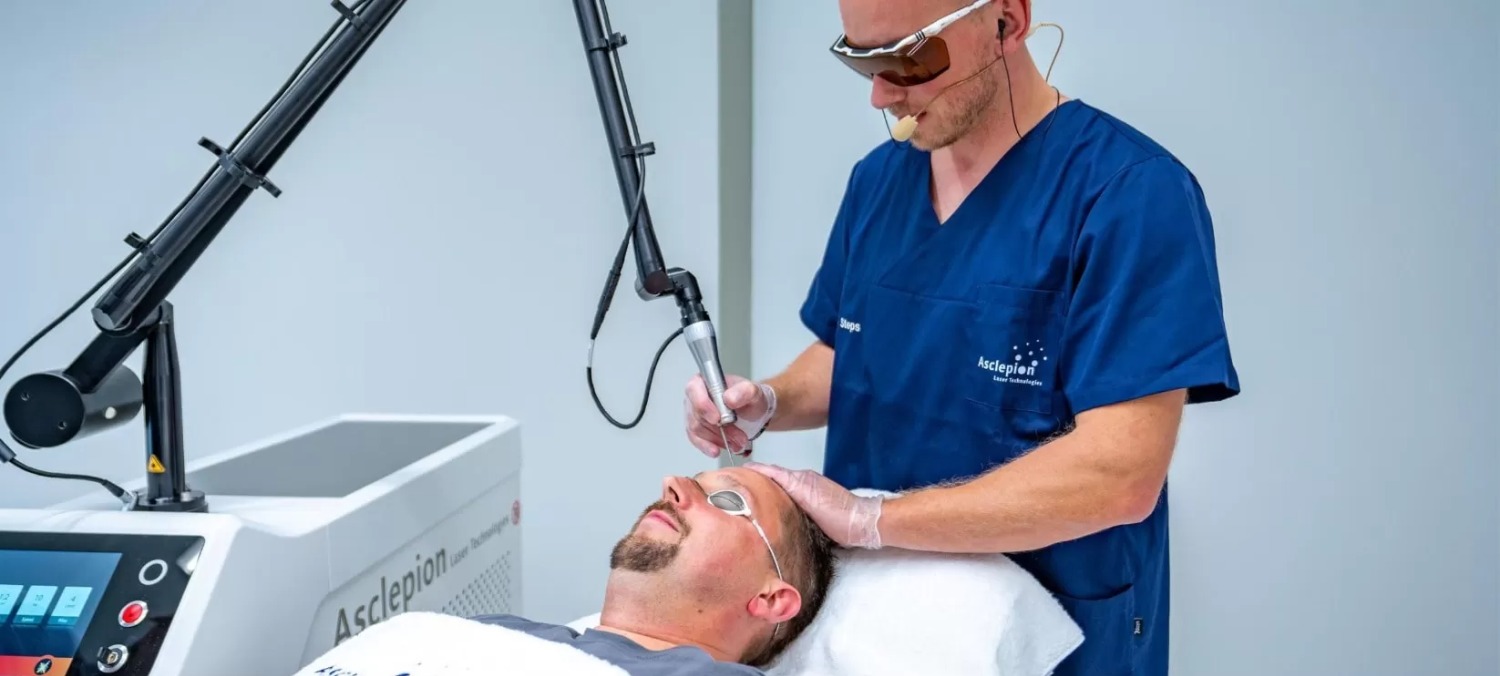Medical Lasers: Advancements in Treatment and Technology
Medical Lasers: Advancements in Treatment and Technology
Blog Article

Medical lasers have revolutionized healthcare, offering precise and minimally invasive solutions for a wide range of conditions. From delicate eye surgeries to targeted cancer treatments, laser technology has become indispensable in modern medicine. This article explores the remarkable advancements in medical laser treatments and the cutting-edge technologies driving this innovation.
The fundamental principle behind medical lasers is the generation of a focused beam of light with specific wavelengths. These wavelengths interact with tissue in different ways, allowing for precise cutting, ablation, coagulation, or stimulation. Unlike traditional surgical methods, lasers minimize damage to surrounding tissues, leading to faster healing, reduced scarring, and less pain.
One of the most significant advancements in medical laser technology is the development of lasers with varying wavelengths and power outputs. This versatility allows for tailored treatments for specific conditions. For example, excimer lasers are used in LASIK surgery to reshape the cornea with extreme precision, correcting refractive errors. Diode lasers are commonly used for hair removal and treating vascular lesions. CO2 lasers are effective for cutting and vaporizing tissue, making them suitable for surgical procedures in various specialties.
Advancements in laser delivery systems have also significantly expanded the applications of medical lasers. Fiber optic technology allows for the delivery of laser energy through thin, flexible fibers, enabling minimally invasive procedures. This is particularly beneficial in areas like endoscopy, where lasers can be used to treat conditions within the digestive tract without the need for open surgery. Robotic surgery platforms now integrate laser technology, providing surgeons with enhanced precision and control during complex procedures.
The field of laser therapy, also known as photobiomodulation (PBM) or low-level laser therapy (LLLT), has witnessed remarkable progress. PBM utilizes low-power lasers to stimulate cellular activity and promote healing. It has shown promise in treating a variety of conditions, including wound healing, pain management, and musculoskeletal disorders. The development of portable and affordable laser therapy devices has made this treatment more accessible to patients.
Another area of innovation is the use of lasers in diagnostics. Optical coherence tomography (OCT) is a non-invasive imaging technique that uses lasers to create high-resolution images of tissue structures. OCT is widely used in ophthalmology to diagnose and monitor retinal diseases. Laser-induced fluorescence (LIF) is a diagnostic technique that uses lasers to detect specific substances in tissues, aiding in the diagnosis of cancer and other diseases.
The integration of artificial intelligence (AI) with laser technology is opening up new possibilities in personalized medicine. AI algorithms can analyze patient data and imaging results to optimize laser treatment parameters, ensuring more effective and targeted therapies. AI-powered systems can also assist surgeons during laser procedures, improving accuracy and reducing the risk of complications.
The future of medical lasers is bright, with ongoing research and development pushing the boundaries of what is possible. Scientists are exploring the use of lasers in new areas, such as gene therapy and drug delivery. Nanotechnology is being integrated with laser technology to develop targeted therapies that can deliver drugs or other therapeutic agents directly to diseased cells.
As laser technology continues to evolve, we can expect to see even more innovative applications in medicine. The development of more precise, efficient, and minimally invasive laser treatments will undoubtedly improve patient outcomes and transform the landscape of healthcare. From diagnostics to therapeutics, medical lasers are playing a crucial role in advancing medical practice and improving the quality of life for millions of people around the world. The ongoing convergence of laser technology with other fields, such as AI, nanotechnology, and biotechnology, promises to usher in a new era of personalized and precision medicine, where laser-based therapies play an even more central role.